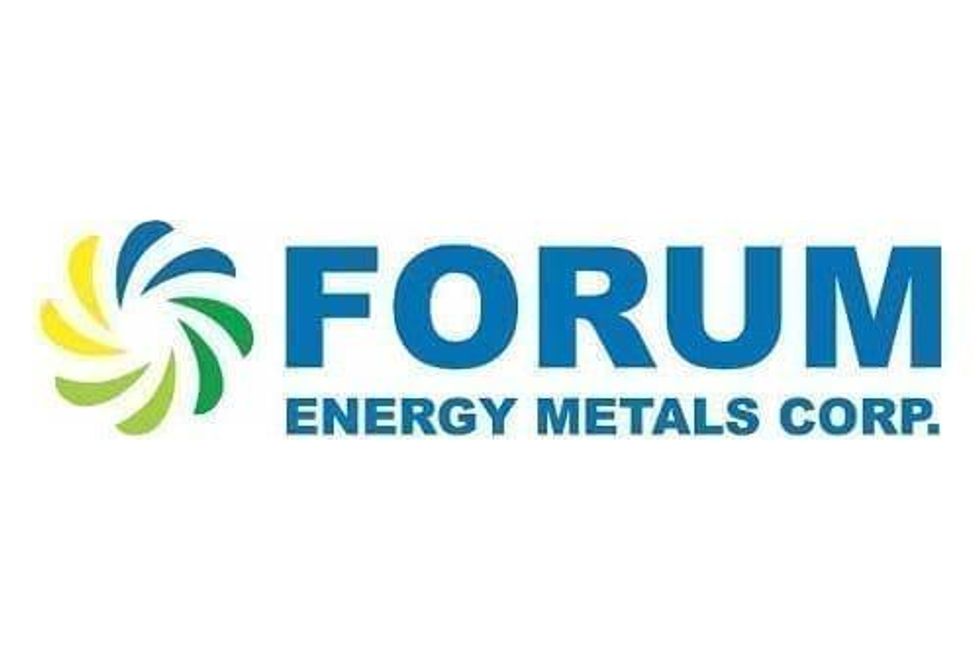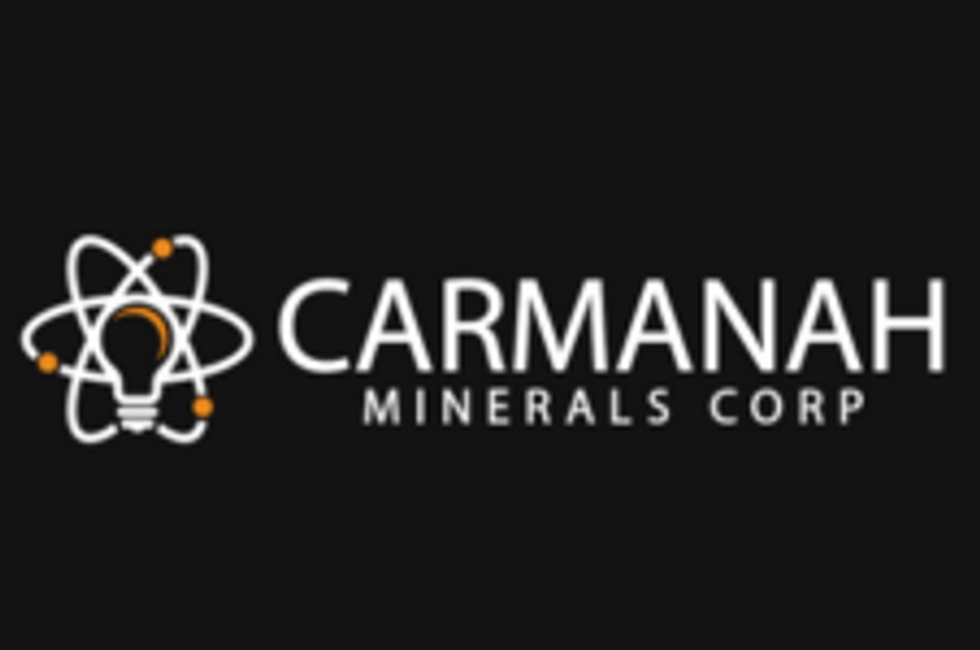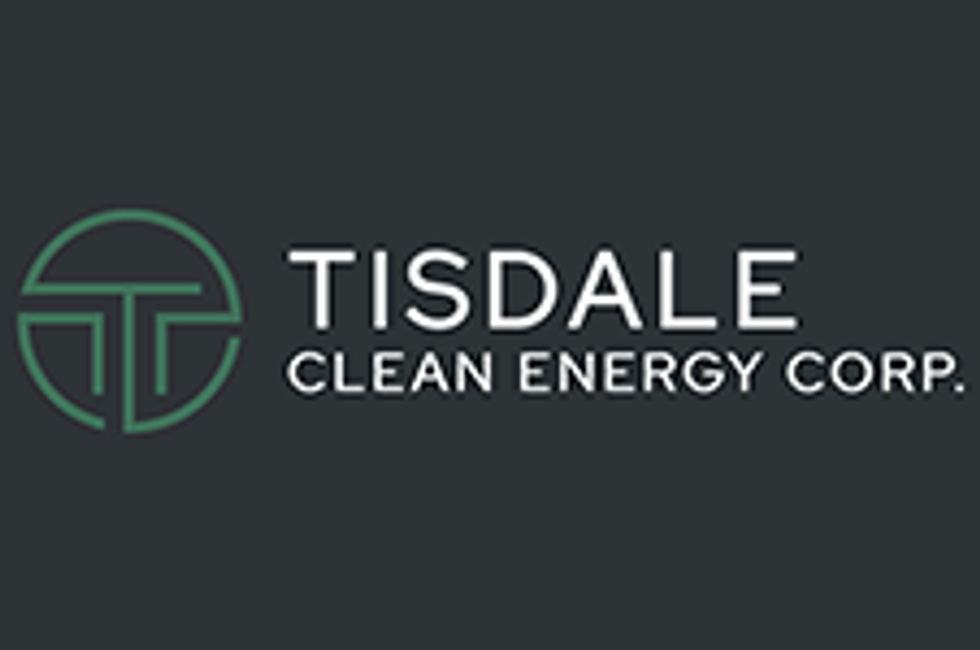- AustraliaNorth AmericaWorld
Investing News NetworkYour trusted source for investing success
- Lithium Outlook
- Oil and Gas Outlook
- Gold Outlook Report
- Uranium Outlook
- Rare Earths Outlook
- All Outlook Reports
- Top Generative AI Stocks
- Top EV Stocks
- Biggest AI Companies
- Biggest Blockchain Stocks
- Biggest Cryptocurrency-mining Stocks
- Biggest Cybersecurity Companies
- Biggest Robotics Companies
- Biggest Social Media Companies
- Biggest Technology ETFs
- Artificial Intellgience ETFs
- Robotics ETFs
- Canadian Cryptocurrency ETFs
- Artificial Intelligence Outlook
- EV Outlook
- Cleantech Outlook
- Crypto Outlook
- Tech Outlook
- All Market Outlook Reports
- Cannabis Weekly Round-Up
- Top Alzheimer's Treatment Stocks
- Top Biotech Stocks
- Top Plant-based Food Stocks
- Biggest Cannabis Stocks
- Biggest Pharma Stocks
- Longevity Stocks to Watch
- Psychedelics Stocks to Watch
- Top Cobalt Stocks
- Small Biotech ETFs to Watch
- Top Life Science ETFs
- Biggest Pharmaceutical ETFs
- Life Science Outlook
- Biotech Outlook
- Cannabis Outlook
- Pharma Outlook
- Psychedelics Outlook
- All Market Outlook Reports
Old Dog Learning New Tricks: Integral Molten Salt Reactors and How They Can Change Nuclear Power
Canon Bryan of Terrestrial Energy on how the company is looking to change the future of nuclear reactors with its Integral Molten Salt Reactor.
The Canadian company is working on an Integral Molten Salt Reactor (IMSR) that uses liquid fuel instead of the conventional solid fuel (usually in pellet form). The technology has been around since the 1950s, when it was first used by Oak Ridge in the search for a more stable form of nuclear reactor.
Dr. David LeBlanc, Terrestrial’s president and chief technology officer, has been studying the system since the 1990s and became interested in making it a more commercially viable proposition. That led to discussions about the technology with partners and ultimately the formation of Terrestrial in 2012.
Breaking it down
The IMSR, like liquid metal cooled reactors, falls under the light-element-moderated reactor category.
Unlike traditional molten salt reactors, the IMSR does not use solid fuel. Instead, it uses a fluid fuel in the form of molten fluoride or chloride salt combined with low-enriched uranium. Thorium is also added to the mix to supplement the uranium. The liquid fuel acts as both the fuel and the coolant, meaning the reactor can’t melt down.
“We believe it will lead to a far more commercial proposition than conventional nuclear reactors,” said Canon Bryan, the company’s chief financial officer and one of its directors.
The reactor is in a self-contained core unit where the components are sealed for the lifetime of operations. The device has a seven-year design life after which normal long-term storage applies.
The unit is much smaller than a traditional nuclear reactor, meaning it can reach hard-to-access uranium claims.
“Because of its accessibility, it’s small and can be transported nearly anywhere in the world on the back of a truck or rail car. It makes it a highly relevant option for remote mining operations,” he said.
A sign of things to come?
“It’s great,” said David Sadowski, an analyst with Raymond James. “If successful, it would solve some of the few problems with nuclear power.”
According to Bryan, investors can be hard to come by in the nuclear reactors market, and he hopes his company’s technology works to eliminate that reality.
“Nuclear technology is not an area of business that really seems to call investors out. Historically nuclear tech development is seen as very, very high cost,” he said. “We think this design will change that. It’s something so different, it’s going to change the economic argument around this power.”
The invention of a new reactor that does not melt down and can be easily stored and transported could have lasting impacts on the market. First, it would change the need for companies to ship their product to a reactor, meaning the work could be done on site. Second it would be able to compete price-wise with coal, gas and oil companies in supplying affordable energy.
“The prevalence of nuclear power around the world is somewhat constrained,” he said. “If you come up with a nuclear technology that can dramatically respond to each and every one of those issues, including high costs, including political opposition … if you can address every one of those concerns with a technology, then the constraints of nuclear power go away. If that happens, then nothing prevents companies from around the world from building these types of plants.”
However, hurdles do remain. Bryan said his company is still in the process of acquiring licences — the company needs licenses from Canada’s nuclear regulator. That said, Bryan noted that the company hopes to have the first commercial operating plant by early the 2020s.
Securities Disclosure: I, Nick Wells hold no direct investment in any of the companies mentioned.
Outlook Reports
Featured Energy Investing Stocks
Browse Companies
MARKETS
COMMODITIES
| Commodities | |||
|---|---|---|---|
| Gold | 2346.76 | +16.11 | |
| Silver | 27.60 | +0.25 | |
| Copper | 4.59 | +0.06 | |
| Oil | 84.11 | +0.54 | |
| Heating Oil | 2.58 | +0.02 | |
| Natural Gas | 1.55 | -0.08 | |
Investing News Network websites or approved third-party tools use cookies. Please refer to the cookie policy for collected data, privacy and GDPR compliance. By continuing to browse the site, you agree to our use of cookies.






